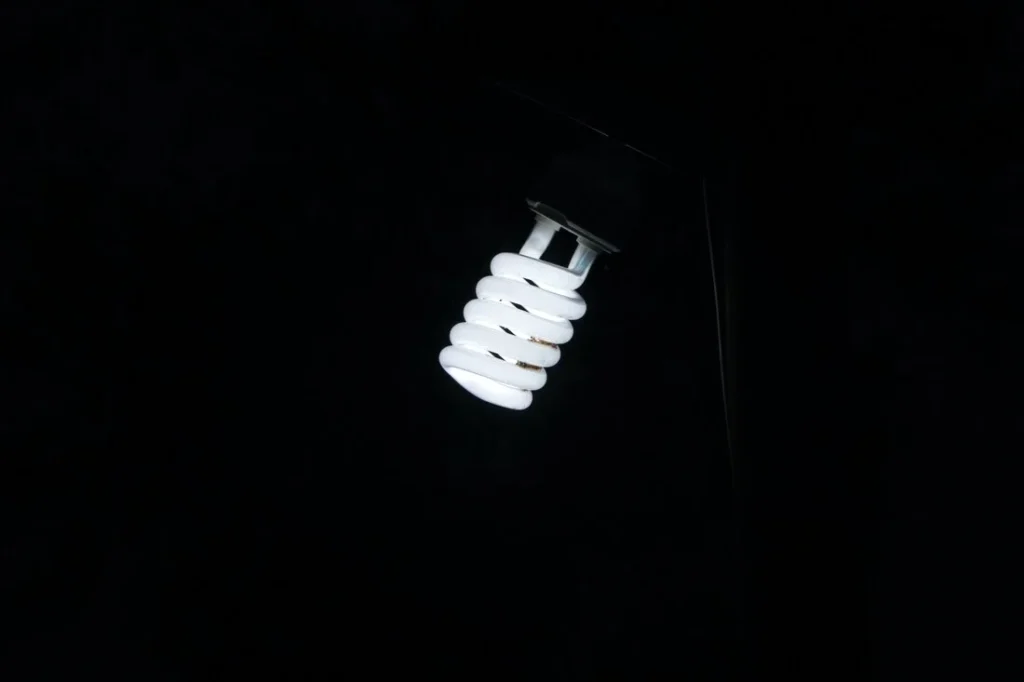Facility management can help energy conservation by implementing energy-efficient strategies and practices, monitoring energy consumption, and promoting awareness and education among building occupants. Energy management is now one of the most critical yet important aspects of business today. It not only reduces your carbon footprint but also saves your company money.
Energy-efficient lighting and HVAC equipment, for example, have helped facility management minimize energy usage and expenditures.
Such solutions have been shown to significantly lower operational costs while also increasing productivity in these facilities.

And of course, there are home maintenance companies that specialize in energy management, tracking, and optimizing your energy consumption to save you money.
Using cutting-edge technology, such firms will analyze your data and make informed decisions to reduce energy usage. They will also ensure that your home is energy efficient and effective, so you can relax knowing you’re doing your part for the environment and your wallet.
Effective Strategies for Energy Conservation
Energy management in a nutshell has four key functions:
- network model construction (including topology processing and state estimates),
- security assessment,
- automatic generation control, and
- dispatch.
We have been hearing about energy conservation a lot these days and it’s totally worth the talk. But are people even discussing energy conservation? Conservation explains the need to cut demands under a limited supply flow. Additionally creating a flow for that supply to rebuild itself.
Often, the simplest method to manage this is to replace the energy used with an alternate source. Facility management finds new ways to find manageable and efficient energy conservation processes.
We came up with a few strategies that are proven to work to cut down energy consumption in your facility.
Energy-efficient lighting
By switching to energy-efficient lighting, you can enjoy the same amount of light while spending less money. It’s one of the quickest and easiest ways to cut your energy bills, and we can help make it happen.
Here are a few pointers professionals do in the facility management process;
- Timer and Dimmer: Timers are placed to automatically turn off the light when not in use. Meanwhile, dimers are placed to lower light levels.
- Use of LEDs and CFLs: in the fixtures can save a lot of energy.
- Install devices with automatic daylight shutdown and motion sensors.
Energy-efficient HVAC systems
Energy conservation is an essential component of commercial building operations. Controlling heating, ventilation, and air conditioning (HVAC) systems through efficient operation
- Maintain System Boundaries Proper
- Maintain daily and seasonal thermostat settings consistent.
- When possible, use automatic controls.
Implementing smart building automation technology
Smart building innovation is there to save us avoidable expenses. Our facility management home maintenance provider ensures automated processes.
- Smart Building occupies;
- Smart lighting, Smart HVAC.
- Proactive maintenance of equipment.
- Dynamic power consumption.
- Improving insulation
Insulation has significant advantages, including preventing heat loss, lowering fuel costs, and allowing us to make a more positive environmental contribution.
So how does it aid in energy conservation?
Conduction, convection, and radiation are the three processes that transfer heat throughout your home. Insulation solutions are intended to reduce undesired heat loss and gain, lowering our dependency on other high-power heating and cooling systems.
Weatherization
When it comes to weatherization and energy efficiency upgrades, it’s important to prioritize the health and safety of occupants. Without proper indoor air quality protection, these upgrades can have negative impacts on people’s well-being.
Additionally, if retrofit activities are not done correctly, they can lead to additional costs and problems that decrease productivity and increase business costs for the weatherization industry. The development of mold and moisture problems is another risk.
To ensure that retrofit activities are done correctly, it’s important to implement a few key measures.
- Installing a fresh air ventilation system.
- Testing and mitigating radon.
- Removing or isolating other pollutant sources such as combustion gases, mold, pests, and sources of pollutants in garages and attics.
By implementing these measures and prioritizing occupant health and safety, you can ensure that weatherization and energy efficiency upgrades are not only beneficial for the environment and your bottom line but also for the productivity of a highly operational business setup.
Professional facility management firm takes care of the implantation of actionable and proven to function energy conservation strategies.

